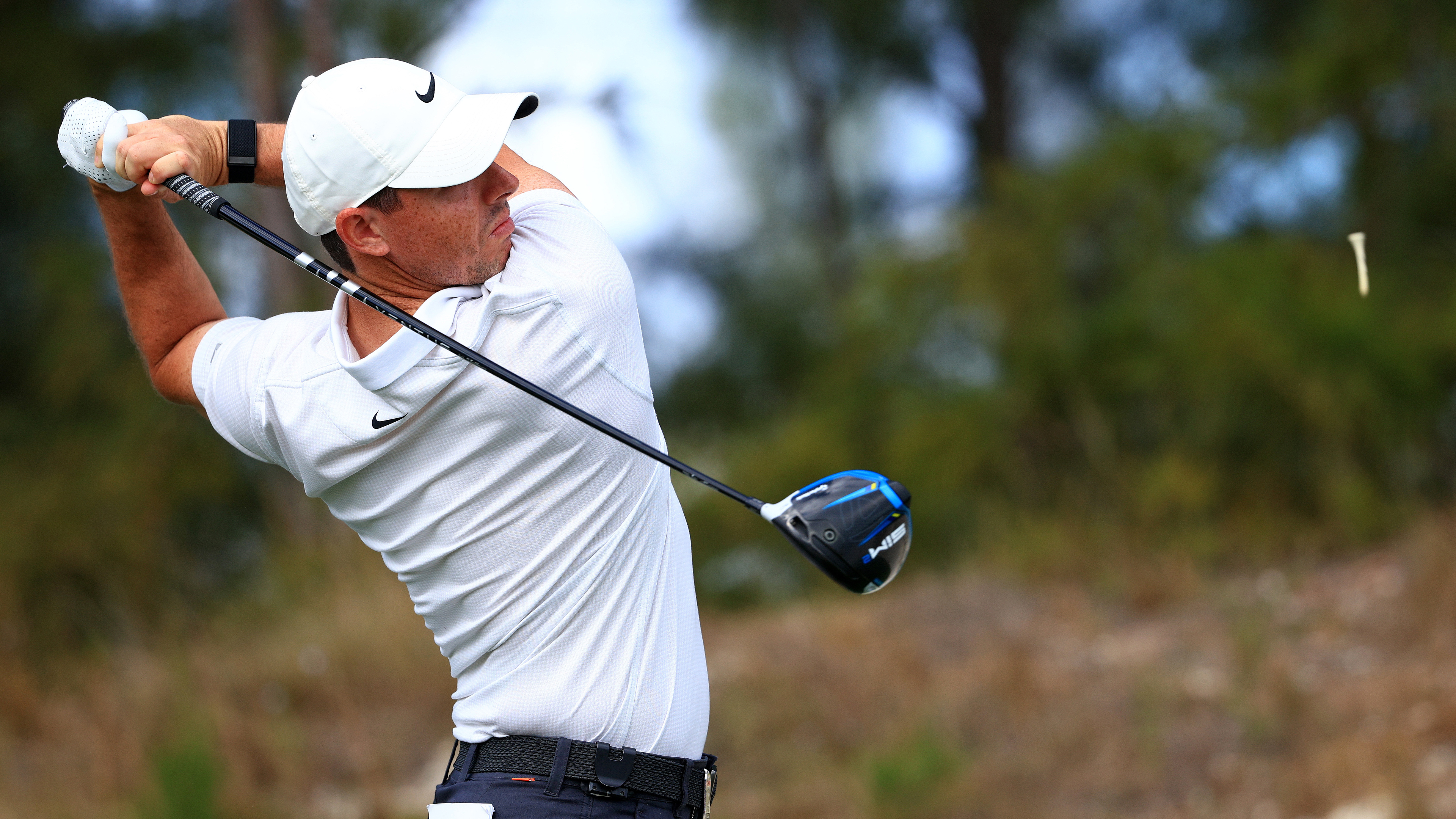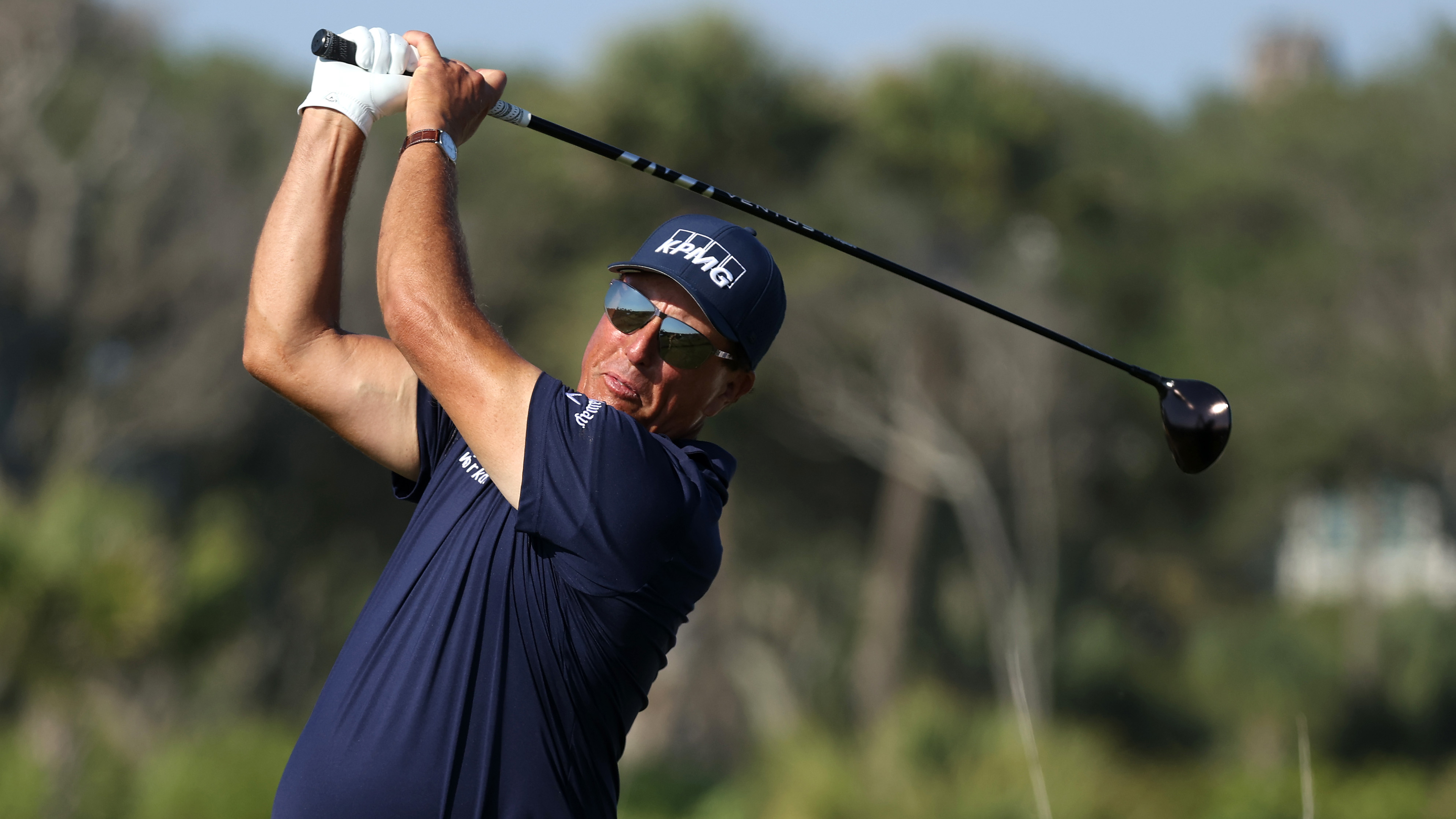What Is The Optimum Driver Shaft Length?
GM technical editor Joel Tadman investigates the optimum driver shaft length for varying levels of player


Many Golf Monthly forum members are increasingly inquisitive over the distance gains we see on reader-fitting days, questioning where exactly the distance comes from. Many, erring on the cynical side, pinpoint an increase in shaft length as the predominant cause of the extra yardage. Others inquire as to why the shafts in tour players’ drivers are shorter than those offered at retail to amateur golfers.
Before I attempt to answer these valid questions, let’s provide some context. The maximum shaft length allowed by the Rules of Golf for competition is 48 inches and common thinking suggests the longer the shaft, the more clubhead speed you can create.
This is backed up by the fact two-time World Long Drive champion Joe Miller uses a 50in shaft. So if a longer shaft equals more distance, why doesn’t everyone use a maximum length 48in driver?
The answer comes down to control. In reality, the average length of a driver used on tour is 44.5in while the average shaft length found in drivers on the shop shelves is around 45.5in. There is an optimum driver shaft length with which golfers will achieve maximum clubhead speed and it will vary from player to player. The different length of stock shafts in drivers across manufacturers only reinforces the importance of a custom fitting.
Tiger Woods played a 43.5in shaft for many years and a number of the world's best play shorter shafts too. These players have above-average swing speeds and therefore do not need the distance an extra inch in their shaft would provide. They prioritise accuracy and control when configuring their driver set-ups. Ample distance comes naturally to them whereas for us comparable hackers, it does not.
So would the average 18-handicap golfer benefit from having a shorter driver shaft fitted? Well, yes and no. There’s no doubt that the majority of golfers would experience an increase in club speed in a 45.5in driver compared with a 44.5in driver and the testing that I have done backs up this theory. But for many, the trade-off is too severe.
For every half-inch of mishit on the clubface, you’ll lose five per cent of distance. So if a longer driver is too long for you to control, you’ll hit off-centre hits more frequently, often resulting in a drop in distance and accuracy rather than a rise.
Subscribe to the Golf Monthly newsletter to stay up to date with all the latest tour news, equipment news, reviews, head-to-heads and buyer’s guides from our team of experienced experts.
RELATED: Best golf drivers
Finding the centre of the face is the biggest ingredient to more distance. You could put a 47in shaft in your driver and your swing speed might increase by 5mph, but if you struggle to control the clubhead and frequently mis-strike the ball in the heel and toe, that extra club speed won’t necessarily translate into the ball speed needed to achieve more distance.

While some pros favour accuracy, others, like Phil Mickelson, prioritise the extra distance of a longer driver shaft
The only way to find out the ideal shaft length for your game is to hit shots on one of the best launch monitors and discover your club speed, ball speed, distance and dispersion with different lengths of shaft. If your swing speed increases with a longer shaft, but the ball speed remains unchanged, then the extra clubhead speed is useless and you’re giving up accuracy for no reason.
But before you march into your pro shop and demand the assistant lops an inch off the shaft in your current driver, remember that when you shorten any club you will reduce its swing weight and change the overall feel. So it’s not quite as simple as chopping it down. An experienced club-maker or a professional will be able to build in the requisite compensations into your clubs if you do decide to change the length of your driver.
RELATED: Which putter length should you use?
Every golfer is unique. Those with already fast swing-speeds are more likely to enjoy the control benefits of shorter shafts while higher handicappers with slower swing-speeds may be better off with the distance a longer shaft offers. It’s a balance and golfers prioritise areas of performance differently. Think about your own strengths and weaknesses and test out different lengths under the watchful eye of a pro before deciding.

Joel has worked in the golf industry for over 15 years covering both instruction and more recently equipment. He now oversees all equipment and video content at Golf Monthly, managing a team of talented and passionate writers and presenters in delivering the most thorough and accurate reviews, buying advice, comparisons and deals to help the reader or viewer find exactly what they are looking for.
One of his career highlights came when covering the 2012 Masters he got to play the sacred Augusta National course on the Monday after the tournament concluded, shooting a respectable 86 with just one par and four birdies. To date, his best ever round of golf is a 5-under 67 back in 2011. He currently plays his golf at Burghley Park Golf Club in Stamford, Lincs, with a handicap index of 3.1.
Joel's current What's In The Bag?
Driver: Titleist GT3, 9°, Fujikura Ventus Black 6 S shaft.
Fairway wood: Titleist TSR3, 15°
Hybrid: Titleist TSi2, 18°
Irons: Titleist T150, 4-PW
Wedges: Titleist Vokey SM10, 50°, 54° and 58°
Putter: LAB Golf DF3
Ball: 2025 Titleist Pro V1x